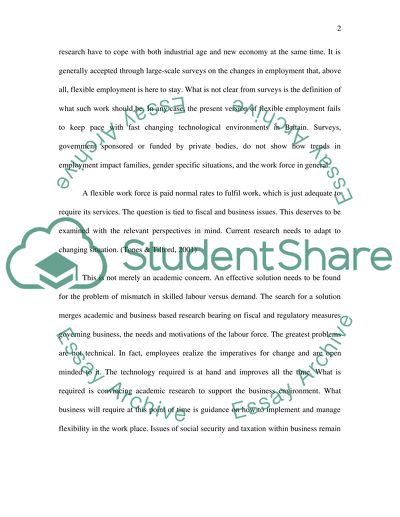Cite this document
(“Evaluate critically the effectiveness of large scale surveys in Essay”, n.d.)
Retrieved from https://studentshare.org/miscellaneous/1529915-evaluate-critically-the-effectiveness-of-large-scale-surveys-in-measuring-flexible-employment-in-the-uk
Retrieved from https://studentshare.org/miscellaneous/1529915-evaluate-critically-the-effectiveness-of-large-scale-surveys-in-measuring-flexible-employment-in-the-uk
(Evaluate Critically the Effectiveness of Large Scale Surveys in Essay)
https://studentshare.org/miscellaneous/1529915-evaluate-critically-the-effectiveness-of-large-scale-surveys-in-measuring-flexible-employment-in-the-uk.
https://studentshare.org/miscellaneous/1529915-evaluate-critically-the-effectiveness-of-large-scale-surveys-in-measuring-flexible-employment-in-the-uk.
“Evaluate Critically the Effectiveness of Large Scale Surveys in Essay”, n.d. https://studentshare.org/miscellaneous/1529915-evaluate-critically-the-effectiveness-of-large-scale-surveys-in-measuring-flexible-employment-in-the-uk.


